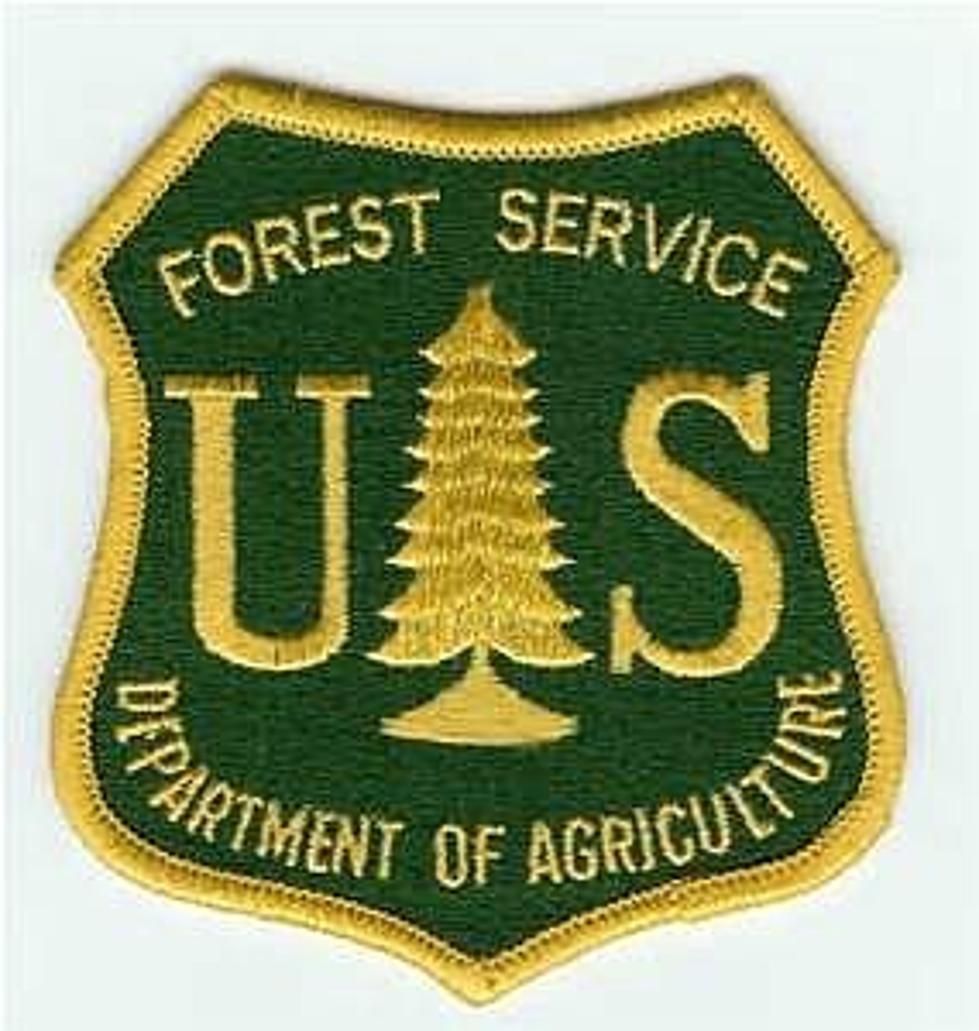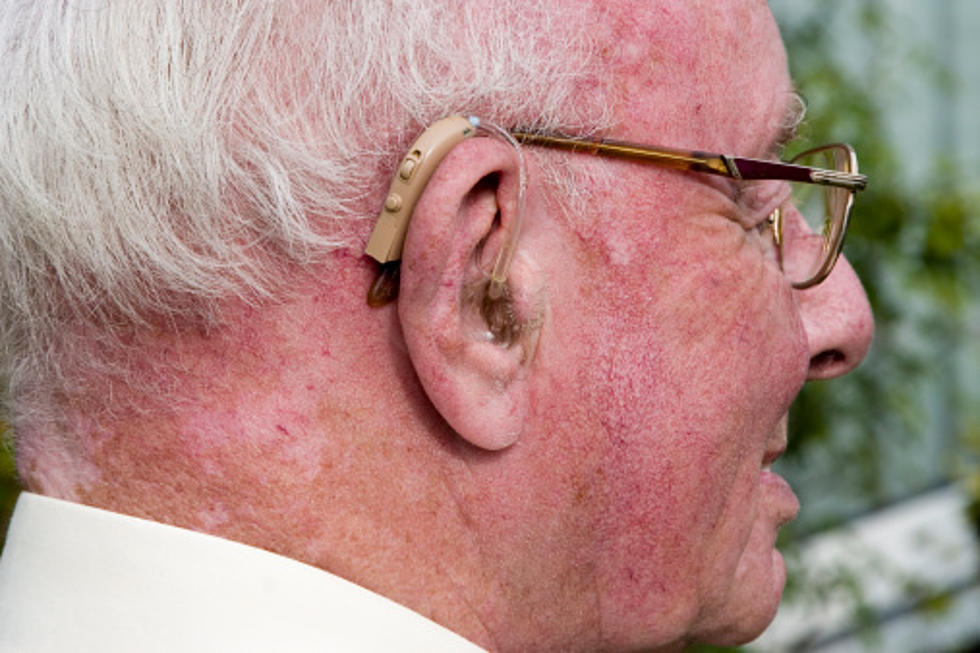
Prescribed Fire Projects Planned on the Flathead National Forest
Kalispell, MT – Fire managers on Flathead National Forest are planning to conduct fall prescribed fire projects when weather, fuel conditions, and air quality become favorable. Smoke will be visible from various places in the Flathead and Swan Valleys depending on the location of the burn units and weather conditions. Each project follows a prescribed fire burn plan. The prescribed fire projects are located, designed and controlled to reduce the potential for adverse effects. These projects will be in compliance with Montana air quality standards and coordinated with Montana State Department of Environmental Quality to reduce the impacts of smoke to our neighbors, cooperators, and surrounding communities.
The project areas include:
Debris Pile Burning – Debris piles stacked by hand or machine are located across the Flathead National Forest and are a result of: logging, hazardous fuels reduction in the wildland urban interface, hazard tree removal, recreation site management and trail or road construction. These piles are burned to reduce fuel loads in these areas. The piles are strategically burned based on their location, access, and weather conditions.
Tally Lake Ranger District:
Whitefish Municipal Watershed Fuels Reduction – This project, located about four miles northeast of Whitefish, is designed to manage fuels within the Whitefish Municipal Watershed. Just over 750 acres are planned for prescribed fire treatment over the next 10-15 years.
For additional information about the project, contact Mike West at the Tally Lake Ranger District in Kalispell, 406-758-5204.
Swan Lake Ranger District:
Huey Timber Sale - This project includes broadcast burning in timber harvest units located within the Blacktail Mountain area west of Lakeside, MT.
These treatments will use prescribed fire for fuels reduction, forest health improvement, and wildlife habitat enhancement.
Porter Mount Timber Sale – This project includes broadcast burning in timber harvest units to facilitate reforestation requirements. The project area is located west of Lakeside, MT and Blacktail Mountain. These treatments will use prescribed fire to reduce hazardous fuels and improve forest health.
Swan Valley, Valley Bottom – This project includes broadcast burning in previously treated timber harvest units located in the Swan Valley. These treatments will use prescribed fire for fuels reduction, large ungulate winter range enhancement, and forest health improvement.
For additional information about these projects, contact Jacob Jeresek at the Swan Lake Ranger District in Bigfork, 406-837-7500.
Hungry Horse/Glacier View Ranger Districts:
Red Whale Creek - A 1114 acre project is planned in the Red Whale Creek Drainage in the North Fork of the Flathead about four miles northwest of Polebridge. Depending on weather, this burn is planned for late September to early October. The purpose of this project is to help restore a more historical fire regime to the ecosystem, improve wildlife habitat and reduce hazardous fuels to reduce wildfire risk and aid in potential future fire suppression efforts and improve wildlife habitat.
Ninko Cabin Fuels Reduction—This project involves burning 10 acres of debris piles associated with fuels reduction work adjacent to Ninko cabin along the Whale Creek Road north of Polebridge.
Big Creek Administration Site—Project involves burning five acres of debris piles adjacent to the Big Creek Outdoor Education Center north of Columbia Falls.
Belton Fuels—Project, located west of and adjacent to the north boundary of the Great Bear Wilderness, near West Glacier, involves burning about 916 acres. The project is designed to restore fire to the ecosystem and remove dead and down fuels while reducing conifer encroachment in openings to improve wildlife habitat.
Slippery Bill Project—Project involves burning 50 acres of debris piles created from logging slash near Nyack Flats, in the Middle Fork of the Flathead.
Firefighter Project—This project includes burning approximately 100 acres of debris piles associated with logging activities on Firefighter Mountain, along the east side of Hungry Horse Reservoir.
Hungry Horse Ranger Station—Several debris piles near the town of Hungry Horse along the lower dam road and south of the ranger station, will be burned.
Middle Fork Fuels—This project, located in the Essex area in the Middle Fork of the Flathead, involves burning approximately 622 acres. The prescribed fire treatments are designed to target shrub-dominated areas with the objective of reducing conifer encroachment, rejuvenating wildlife browse, creating a diverse mosaic of vegetation conditions across the landscape, and reducing fuel accumulations.
Coram Pasture—This prescribed fire project is located near Martin City on the Forest Service administrative site used for pasturing agency livestock. Purpose of the burn is to reduce encroaching brush and saplings and improve range conditions.
For additional information about these projects, contact Toby Thompson at the Hungry Horse/Glacier View Ranger District, 406-387-3800.
Spotted Bear Ranger District:
Spotted Bear River Project—This burn involves approximately 500 acres located northeast of the Spotted Bear Ranger Station. Burn objectives are to reduce conifer encroachment into forest openings--to stimulate shrub development at the edges, help create open areas for the regeneration of Ponderosa Pine and to improve forest health and wildlife habitat.
Spotted Bear River, Silver Mule - This project is located northeast of the Spotted Bear Ranger Station, north of the Spotted Bear River Road. Three units of this project involves burning approximately 45 acres with objectives to retain old overstory trees. Another three units involves doing a low severity burn on about 99 acres to kill mostly sapling and small pole size trees.
Tin Mule - The burn involves approximately 20 acres located north of the Spotted Bear Ranger Station. By introducing fire to these units the intent is to restore forest structure and vegetation composition to a more natural, historical condition, to be more resilient and resistant to wildfire, disease, insect infestation, and climate change. These burns will also accomplish hazard fuels reduction within the Wildland Urban Interface.
For additional information about these projects, contact Jim Flint at the Spotted Bear Ranger District, 406-758-5376.









